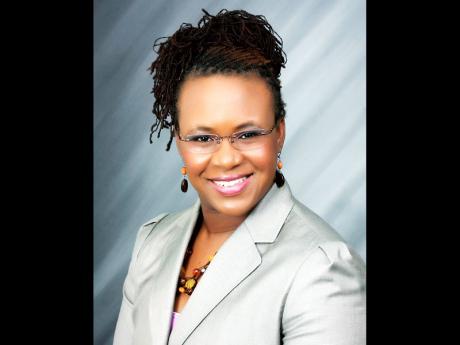POCA can be used to stem internal fraud - legal expert
A local legal expert is warning that even while financial institutions (FIs) in Jamaica prepare to conform to new anti-money laundering laws, they should also be looking to identify and cauterise corruption from within.
Parliament in mid-October passed amendments to the Proceeds of Crime Act (POCA) aimed at policing financial houses for breaches of anti-money laundering and counter-terrorism financing (AML/CFT) measures.
"In my years at the DPP, I continue to be surprised at the amount of fraud coming from within our financial institutions. It can come from your own staff as well as persons contracted to provide services," said attorney Caroline Hay.
"The focus of AML compliance ought to extend equally to internal and external transactional activity. If the FI's AML/CFT detection is driven primarily from 'floor reporting' then ongoing fraud can go undetected," said Hay, who is now a consultant with Grant, Stewart Phillips & Company.
"The financial institution ought to see the POCA regulatory framework as providing an internal measure of security for companies' assets," she said during a presentation at the annual AML/CFT conference hosted by the Jamaica Bankers' Association.
Hay said internal fraud does not often commence at the teller window, but moreso the backroom, where procedures are generated to make transactions appear legitimate.
"If accounts are dormant and then suddenly active, FIs ought to have the capacity to detect that as a potential AML issue," said Hay.
The compliance structures which allow for AML detection can play the same role for fraud detection, she said.
The legal consultant also cautioned that is often long-standing employees who go rogue, and that they tend to perpetrate fraud in stages.
HOW FRAUD HAPPENS
"From minor unauthorised risks, to continual bad business practices, deception increases slowly, perhaps over a period of years, with the fraudster rationalising the continued deception," said Hay.
"This does offer the chance that some frauds may be stopped in the early stages if robust detection procedures are in place."
She further cautioned that opportunities for fraud are generally found in environments where there is a lack of internal controls, a blame culture, and lack of reporting structure.

